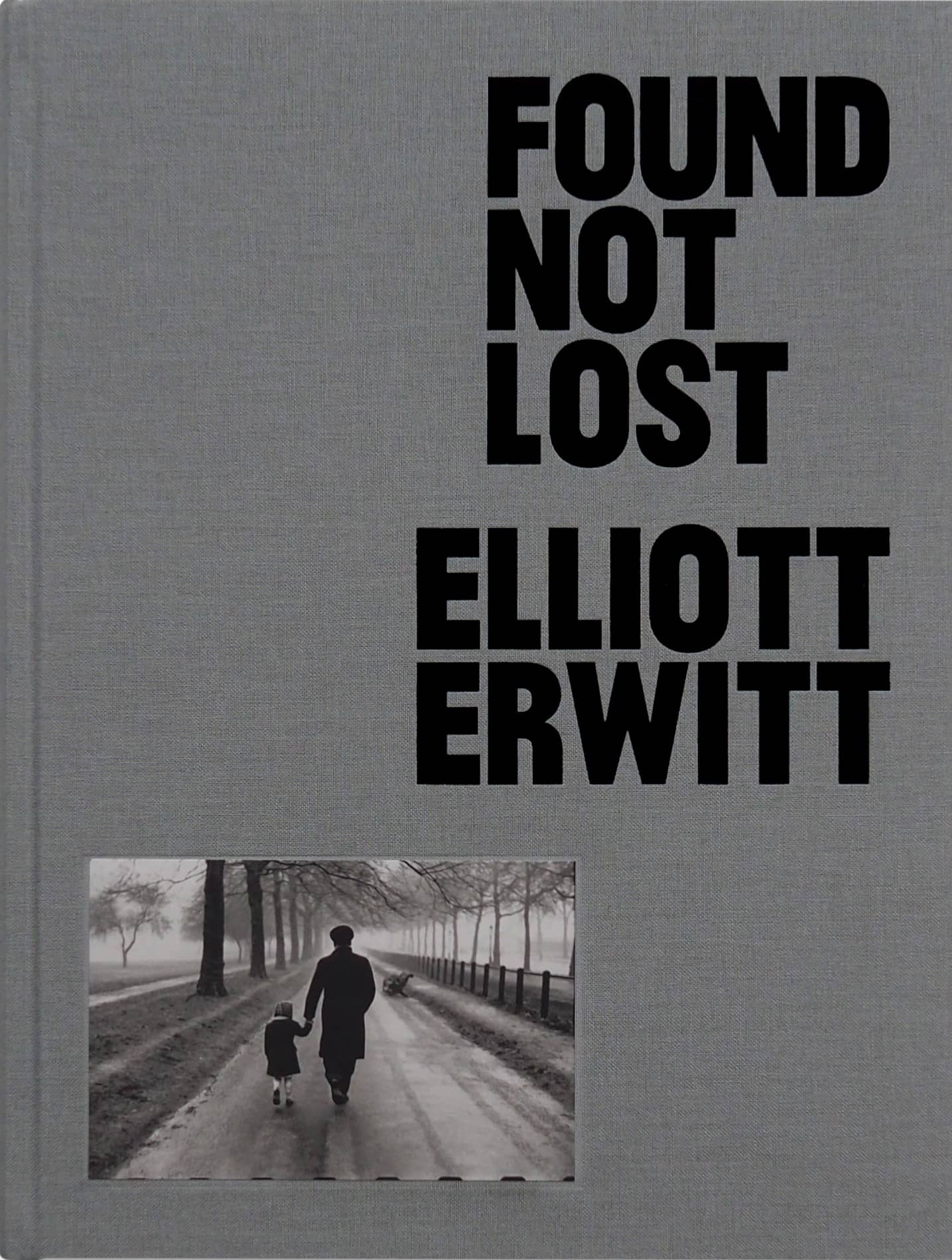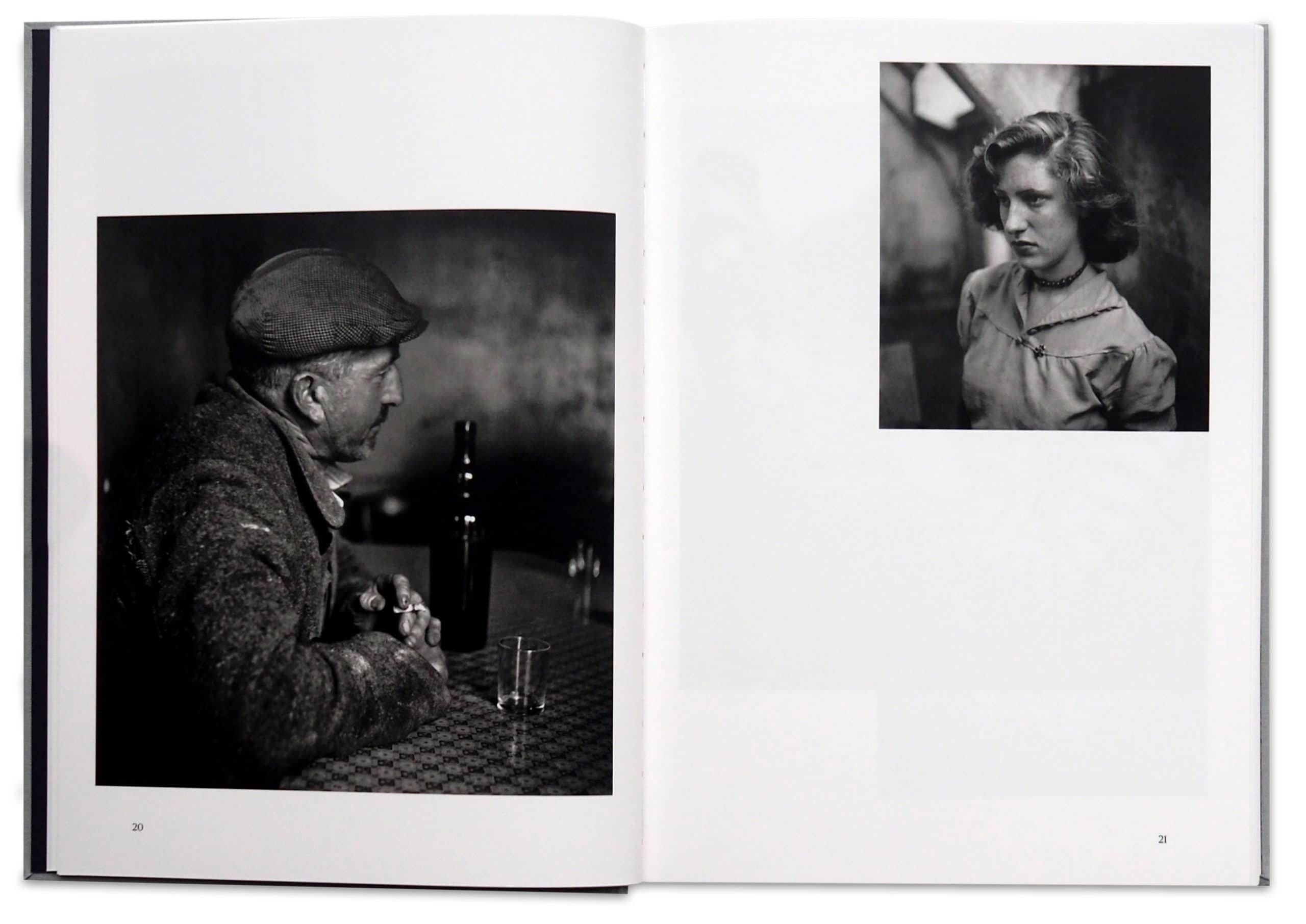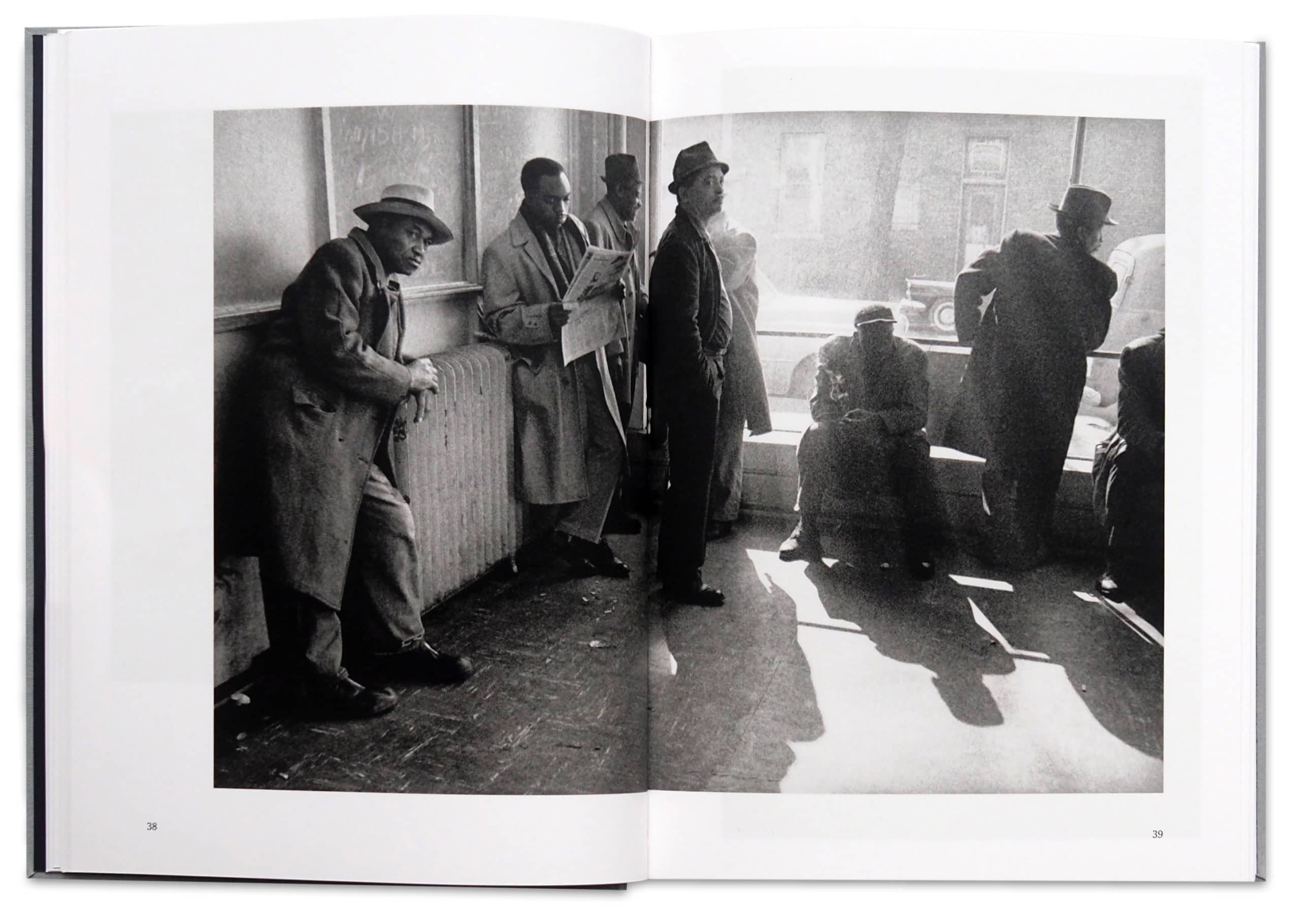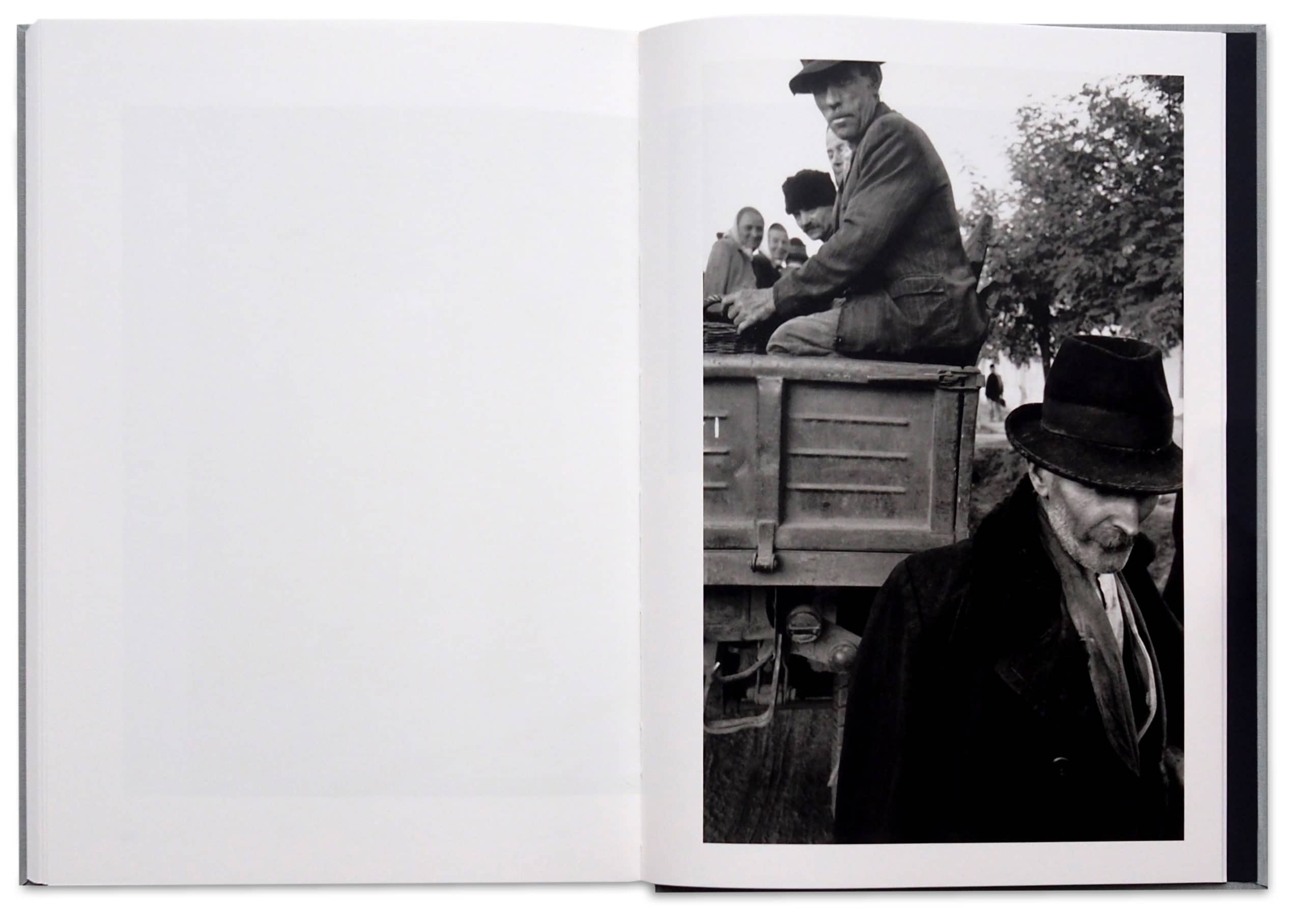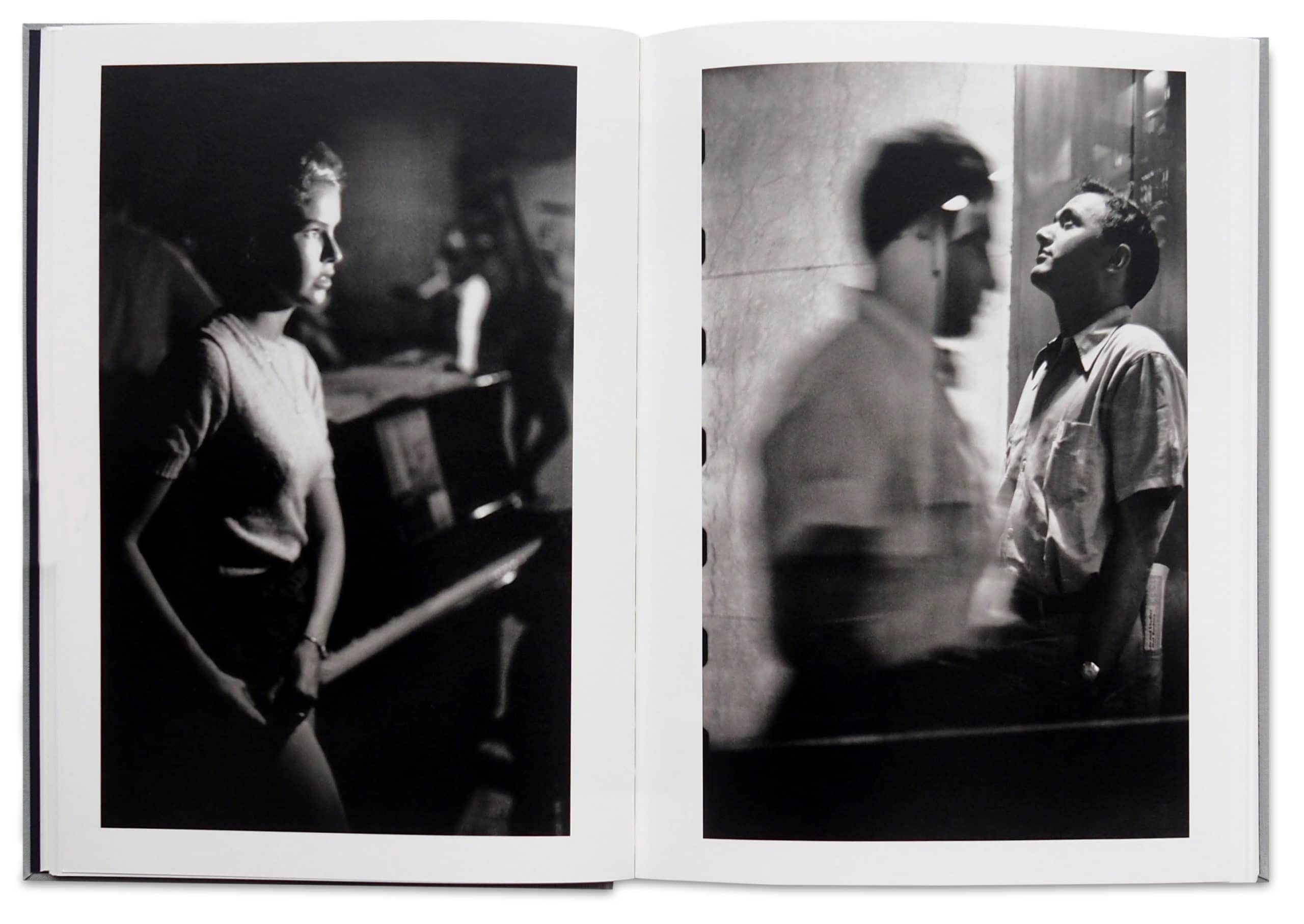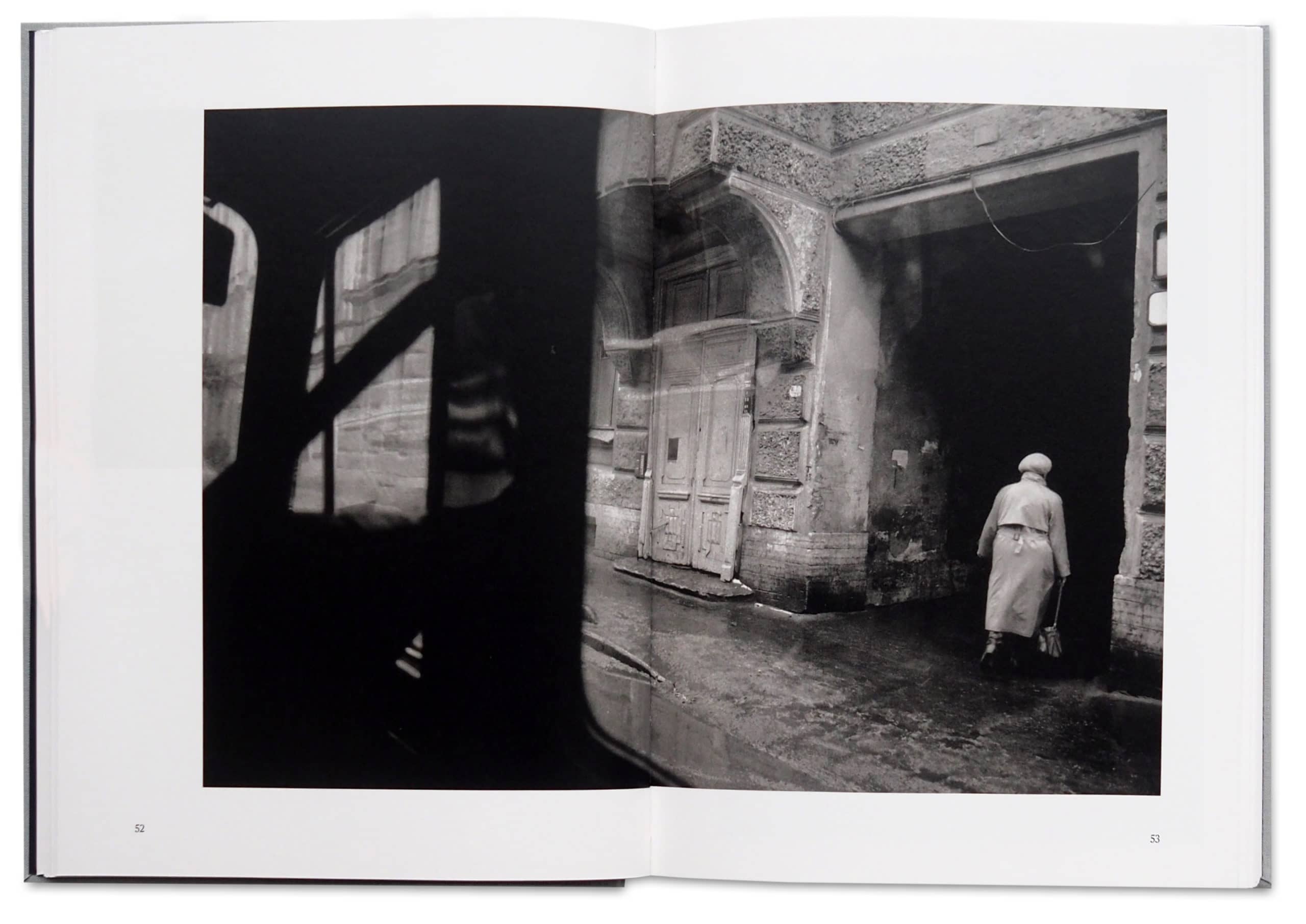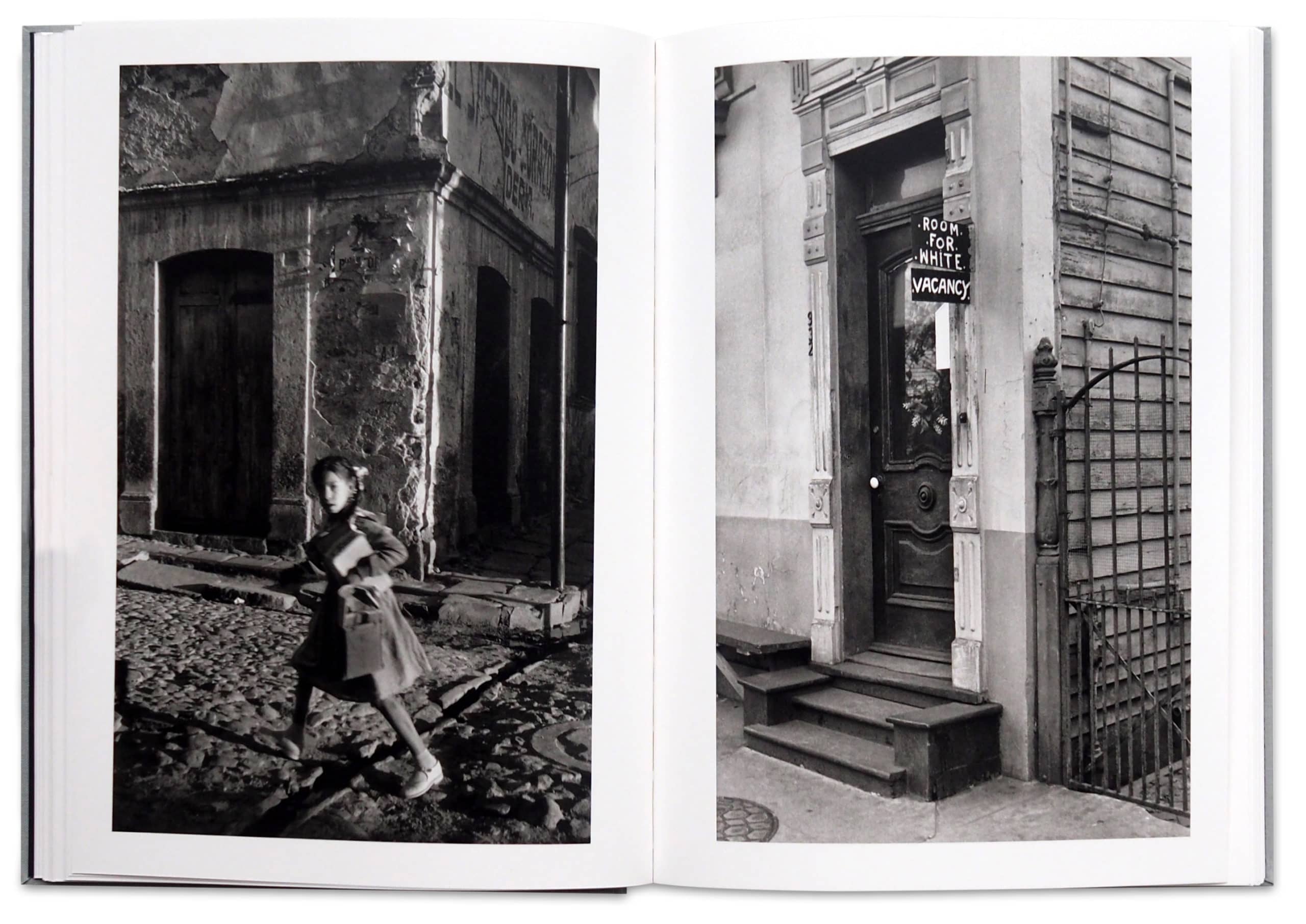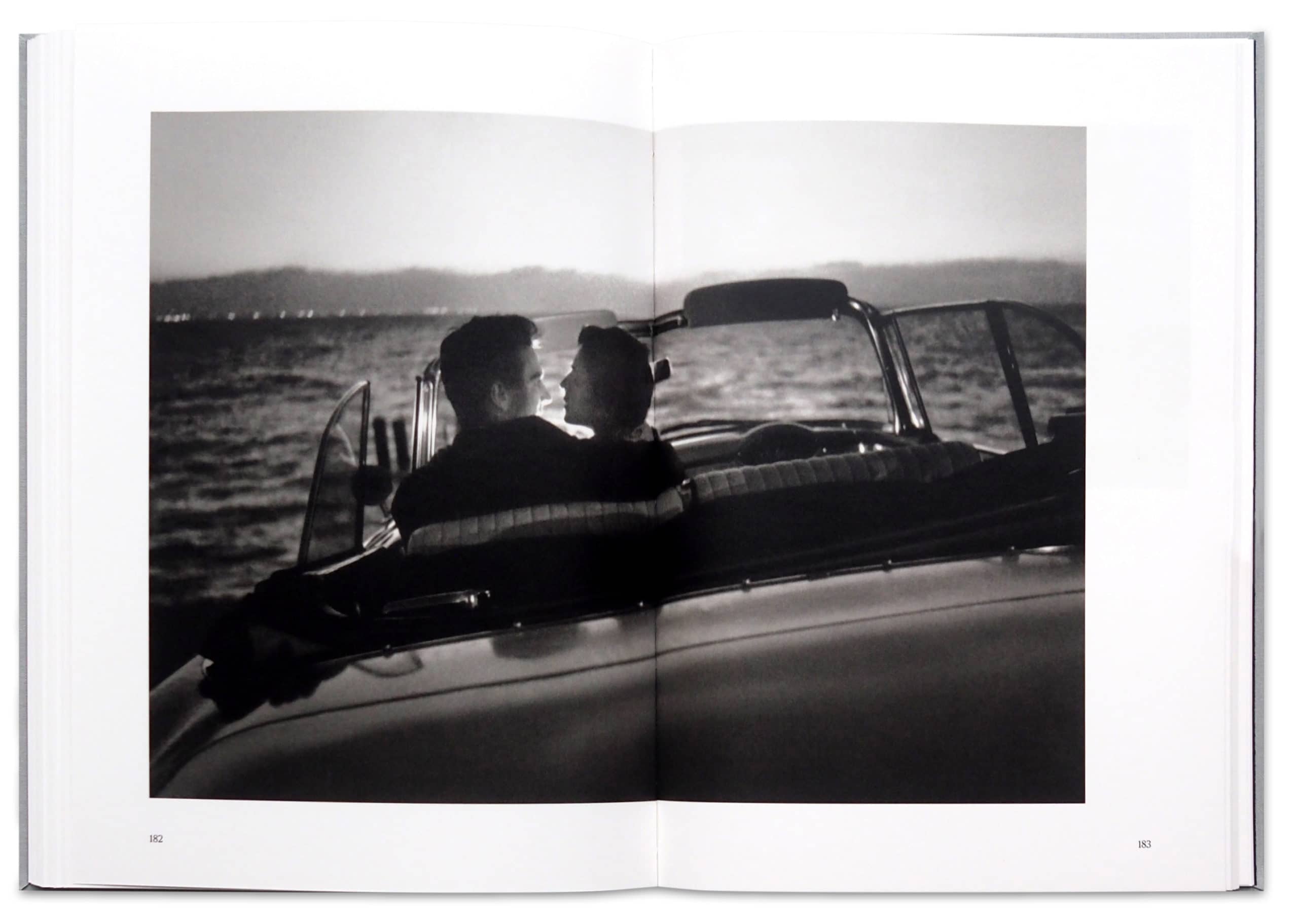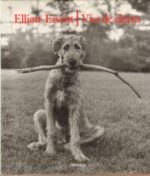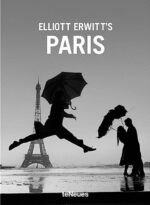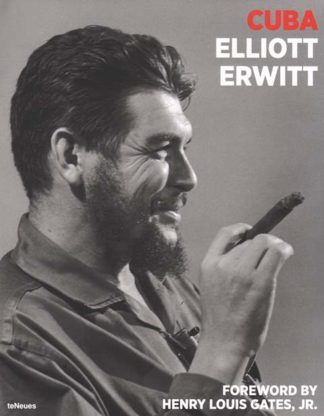Plus de 170 images inédites du photographe Elliott Erwitt sont publiées pour la première fois dans Found, Not Lost. S’étendant sur plus de soixante ans, les photographies du livre, souvent prises pendant des accalmies ou des pauses entre les affectations de sa prolifique carrière, ont été sélectionnées, éditées et séquencées par Erwitt lui-même.
Maintenant dans ses 90 ans, Erwitt a entamé le processus de réexamen de ses archives en 2018 après sa première rétrospective, Home Around The World, face au fardeau et à la responsabilité d’être le gardien de ses propres archives et de tout ce qu’elles contiennent. C’est ici qu’a commencé le processus exhaustif d’examen de chaque photographie dans son studio. En près de deux ans, avec l’aide du rédacteur en chef Stuart Smith et du directeur de studio de longue date Mio Nakamura, il a visionné environ 600000 images – feuilles de contact et négatifs – de celles développées dans son lavabo à la maison à l’âge de dix-sept ans à ceux de missions récentes en Écosse et à Cuba. La mer d’images a dominé chaque surface plane pendant des mois.
Ce livre a été l’occasion pour Erwitt de revisiter les photographies qu’il a réalisées au début de sa carrière et de découvrir une signification au deuxième regard qui n’était pas apparente lorsque l’image a été prise à l’origine. Le maître des one-liners visuels – des images audacieuses pleines d’humour, d’ironie et d’absurdité reconnue – les photographies sélectionnées pour ce livre sont plus calmes, plus subtiles et suggèrent une confiance croissante d’Erwitt dans son propre œil. En sélectionnant ces photographies, il a commencé à examiner et à remettre en question la façon dont son jeune moi voyait le monde.
La première image du livre a été prise en 1947 et la plus récente en 2010. De l’Europe d’après-guerre à l’ex-URSS, de la côte ouest à la côte est des États-Unis au Japon, au Brésil et à Birmingham – les images contiennent des images familières. thèmes de chiens, enfants et délices. Cependant, beaucoup sont plus photojournalistes montrant des moments historiques, et d’autres intensément personnels comme des photographies de sa première femme, Lucienne Van Kan et de sa fille aînée, Ellen.
Né à Paris en 1928 de parents russes, Erwitt passe son enfance à Milan, avant d’émigrer aux États-Unis avec sa famille en 1939. Adolescent vivant à Hollywood, il développe un intérêt pour la photographie et travaille dans une chambre noire commerciale avant d’expérimenter la photographie. Au Los Angeles City College. En 1948, il a déménagé à New York et a échangé des travaux d’entretien pour des cours de cinéma à la New School for Social Research. En 1951, il a été enrôlé pour le service militaire et a entrepris diverses tâches photographiques tout en servant dans une unité du Corps des transmissions de l’armée en Allemagne et en France. À New York, Erwitt a rencontré Edward Steichen, Robert Capa et Roy Stryker. En 1953, Erwitt rejoint Magnum Photos et travaille comme photographe indépendant pour Collier’s, Look, Life, Holiday et d’autres sommités de cette période dorée pour les magazines illustrés. À la fin des années 1960, Erwitt a été président de Magnum pendant trois ans. Il s’est ensuite tourné vers le cinéma: dans les années 1970, il a produit plusieurs documentaires de renom et dans les années 1980 dix-huit films comiques pour Home Box Office ; préface de Vaughn Wallace, photos en n.b.
‘In my nineties, my work looks different than I’ve ever seen it before… There’s a time for photographs that say hello, and there’s a time to listen.’ – Elliott Erwitt
Over 170 previously unseen images by photographer Elliott Erwitt will be published for the first time in Found, Not Lost. Spanning more than sixty years, the photographs in the book, often taken during lulls or breaks between assignments in his prolific career, have been selected, edited and sequenced by Erwitt himself.
Now in his 90s, Erwitt began the process of revisiting his archives in 2018 after his first retrospective, Home Around The World, when faced with the burden and responsibility of being custodian of his own archives and all they contain. Here began the exhaustive process of reviewing every photograph in his studio. Over the course of nearly two years, with the help of editor Stuart Smith and long-time studio manager Moi Nakamura, he viewed around 600,000 images—contact sheets and negatives—from those developed in his bathroom sink at home at the age of seventeen to those from recent assignments in Scotland and Cuba. The sea of imagery dominated every flat surface for months.
This book has been an opportunity for Erwitt to revisit the photographs he made in his early career and to uncover meaning upon second glance which was not apparent when the image was originally taken. The master of visual one-liners—bold statement images replete with humour, irony and acknowledged absurdity—the photographs selected for this book are quieter, more subtle and suggest Erwitt’s increasing confidence in his own eye. By selecting these photographs he has begun to both examine and challenge how his younger self saw the world.
The earliest image in the book was taken in 1947 and the most recent in 2010. From post-war Europe to the former USSR, from the West Coast to the East Coast of the US to Japan, Brazil and Birmingham—the images contain some familiar themes of dogs, children and delight. However, many are more photojournalistic showing historic moments, and others intensely personal such as photographs of his first wife, Lucienne Van Kan and his first-born daughter, Ellen.
Born in Paris in 1928 to Russian parents, Erwitt spent his childhood in Milan, before emigrating to the US with his family in 1939. As a teenager living in Hollywood, he developed an interest in photography and worked in a commercial darkroom before experimenting with photography at Los Angeles City College. In 1948 he moved to New York and exchanged janitorial work for film classes at the New School for Social Research. In 1951 he was drafted for military service and undertook various photographic duties while serving in a unit of the Army Signal Corps in Germany and France. While in New York, Erwitt met Edward Steichen, Robert Capa and Roy Stryker. In 1953 Erwitt joined Magnum Photos and worked as a freelance photographer for Collier’s, Look, Life, Holiday and other luminaries in that golden period for illustrated magazines. In the late 1960s Erwitt served as Magnum’s president for three years. He then turned to film: in the 1970s he produced several noted documentaries and in the 1980s eighteen comedy films for Home Box Office.
‘Here, in this book, are pictures that Elliott wants us to see. They’ve been in the dark, undisturbed, unremarked, for decades. Now he’s brought them into the light. If they were ever useless, or not’. -extract from the foreword by Vaughn Wallace.

